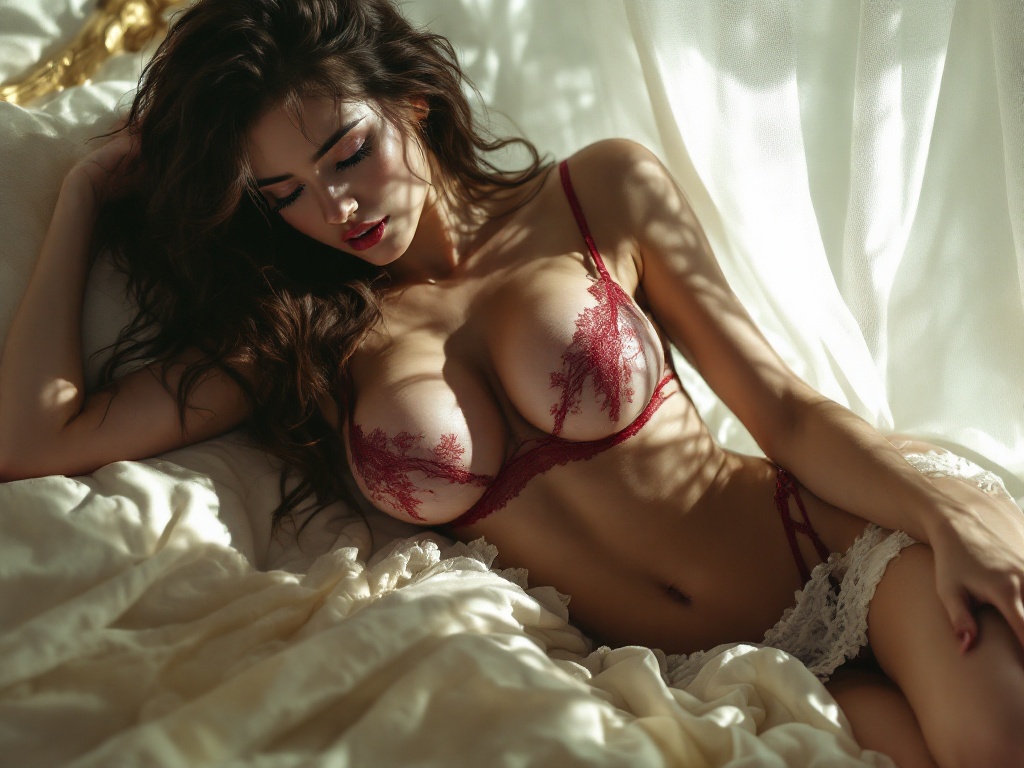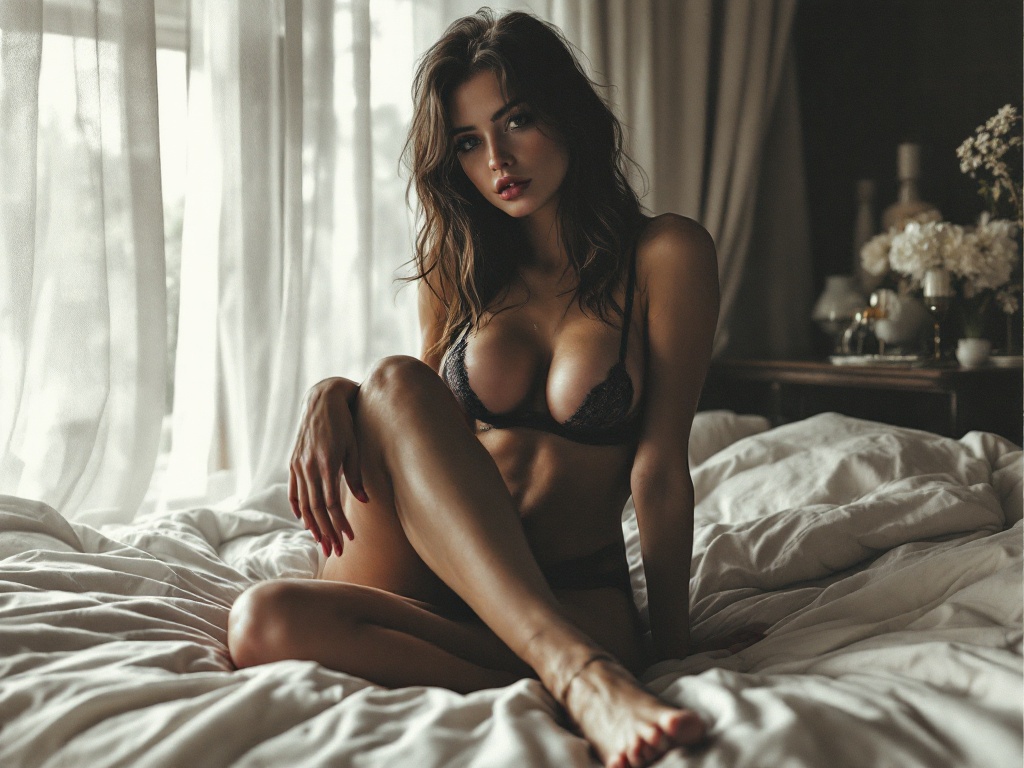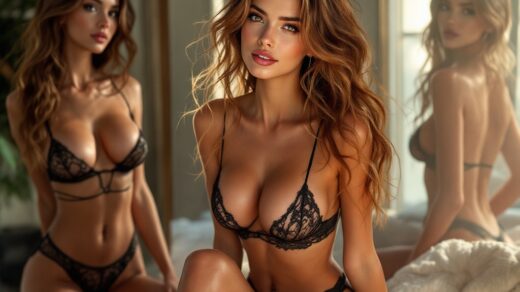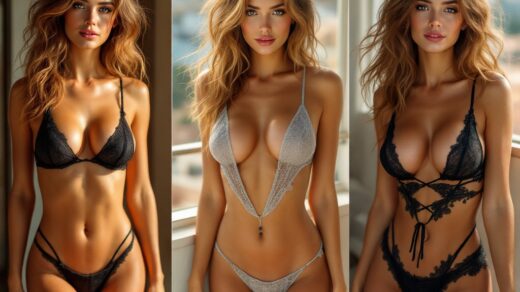The world of erotic content has witnessed a profound transformation over the decades. From the illustrations of ancient civilizations to the digital masterpieces of today, the evolution reflects society’s shifting perceptions of intimacy and desire. With the advent of artificial intelligence (AI), the landscape of content creation is poised for yet another seismic shift. This article embarks on a journey to explore the dichotomy between AI-generated erotic content and traditional methods of creation. We will delve into the nuances of both approaches, examining their merits and downfalls while contemplating the future trajectory of erotic storytelling in an increasingly digital world.
Through understanding the traditional methods that have shaped erotic content for generations, we can appreciate the artistry and effort that goes into such works. Historically, the erotic genre has thrived in various forms ranging from paintings to literature, each medium offering its unique lens for exploration. Writers, directors, and photographers have long been the custodians of the erotic narrative, knitting together fantasies that resonate deeply with an audience searching for connection. However, as technology advances, new players emerge on the scene, raising the crucial question of whether AI can adequately fill the shoes of human creators.
Understanding Traditional Methods of Creation

Traditional methods of erotic content creation encompass several forms of artistic expression, each with a rich history. Artistic representations often include paintings and sculptures that can explore sexuality in ways that challenge societal norms. Meanwhile, written literature, ranging from classical poetry to modern novels, has provided an intimate medium for exploring human desires. Photography and film have also played instrumental roles, capturing sensuality and storytelling in visually arresting formats.
Key players in traditional content creation include:
- Writers who create nuanced narratives that invite readers into intimate worlds
- Directors who construct visual experiences that breathe life into erotic fantasies
- Photographers who skillfully capture the essence of intimacy through their lens
The Rise of AI in Content Creation

AI has transitioned from a theoretical concept to a practical tool utilized across various domains, including the production of erotic content. Leveraging sophisticated algorithms and machine learning capabilities, AI can generate text and visuals with increasing complexities. Technologies now allow users to create entire narratives or compelling imagery based solely on input criteria. While such advancements may seem extraordinary, the implications extend far beyond mere efficiency. This area is marked by both realism and creativity, although it raises questions about authenticity and emotional engagement.
The advantages of using AI for content generation are notable:
- Scalability: AI can produce vast quantities of content without the fatigue that human creators experience.
- Cost-effectiveness: Reducing the need for extensive manpower allows creators to allocate resources elsewhere.
- Speed and efficiency: In a world driven by quick consumption, AI delivers content at unprecedented rates.
However, while the benefits are considerable, they must be weighed against potential drawbacks.
| Aspect | Traditional Methods | AI-Generated Content |
|---|---|---|
| Creativity | Unique individual expression and artistic depth | Algorithmically driven, potentially lacks personal touch |
| Content Volume | Limited by time and resources | Unlimited potential, high-speed production |
| Cost | Higher initial investment (labor and talent) | Lower long-term costs due to automation |
Comparing Quality: AI vs. Traditional Erotic Content
The debate regarding the quality of AI-generated versus traditional erotic content is a focal point of discussion. Traditional methods often rely on the individual creativity and emotional resonance of the creator, delivering nuanced storytelling that encapsulates the human experience. In contrast, AI-generated content produces works based on existing data patterns, which may sometimes miss the subtleties of human relationships.
To understand this better, considering notable case studies can provide perspective on the evolving quality in erotic content. Some renowned artists are beginning to experiment with AI alongside their traditional practices, merging human creativity with machine efficiency. This blend raises exciting possibilities but also prompts critical dialogues about originality and impact on audiences.
Ethical Considerations and Challenges
The rise of AI in erotic content creation does not come without ethical dilemmas. As machines learn from existing data, issues of consent, representation, and authenticity surface. It is crucial for creators and consumers alike to consider how AI-generated content reflects or distorts reality. Furthermore, traditional creators face their own set of challenges, primarily addressing issues related to censorship and the evolving societal norms surrounding sexuality.
The balance between creativity and technology must be struck delicately, ensuring that artistic integrity is maintained even as new tools become available. Moreover, the potential for misuse of AI in this sensitive genre raises alarms over exploitation, urging stakeholders to responsibly navigate these waters.
The Future Landscape: What Lies Ahead?
As we peer into the future of erotic content creation, myriad predictions emerge. It is likely that AI and traditional methods will not simply compete but integrate to craft richer narratives. Each approach brings unique qualities that can complement one another, creating a diverse spectrum of erotic experiences for consumers.
Understanding audience preferences is paramount as opinions about AI-generated content evolve. Factors such as authenticity and emotional engagement may very well dictate whether consumers favor human-created narratives or are open to AI’s offerings. As society grows more comfortable with technology, we are bound to witness shifts in how both creators and consumers perceive erotic content.
Conclusion
In conclusion, the future of erotic content creation lies at a crossroads, influenced by both traditional methods and the burgeoning capabilities of AI. Each approach presents distinct advantages and challenges, prompting a necessary dialogue regarding creativity, ethics, and audience expectations. As technology continues to shape our intimacy narratives, it’s essential for creators and consumers to remain thoughtful stewards of artistic expression. Ultimately, the synergy between AI and traditional methods could give rise to innovative forms of storytelling that honor both the human experience and the technological era.
Frequently Asked Questions
- What is AI-generated erotic content? AI-generated erotic content refers to material created using artificial intelligence algorithms that generate text, visuals, or audio mimicking traditional erotic forms.
- How does AI compare to traditional methods in terms of creativity? Traditional methods often showcase unique artistic expression and personal touch, while AI can produce large volumes of content quickly but may lack nuanced creativity.
- Are there ethical concerns associated with AI in erotic content creation? Yes, ethical concerns include potential exploitation, lack of consent, and the risk of reinforcing harmful stereotypes.
- Can AI ever fully replace traditional creators in erotic content? While AI may complement traditional methods and enhance efficiency, the unique human touch and creativity inherent in traditional content may prevent complete replacement.
- What impact does audience preference have on the future of erotic content? As audience preferences evolve, the demand for personalized, authentic experiences may shape the direction of both AI and traditional content creation in the erotic space.


